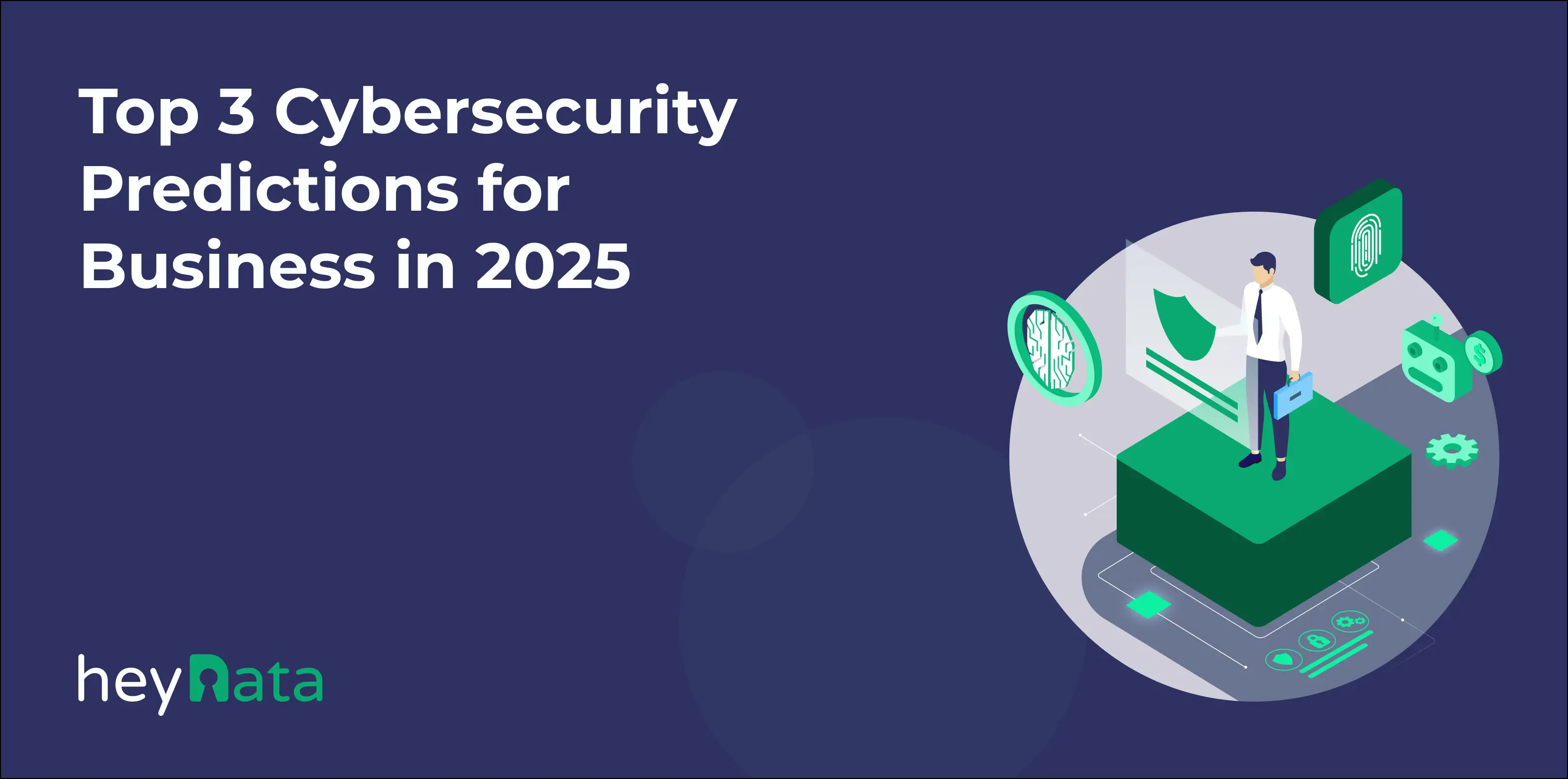Ensure cyber resilience for better protection against evolving attacks.
Wiki Article
The Next Frontier: Insightful Cybersecurity Forecasts for the Coming Year
As we come close to the new year, the cybersecurity landscape gets on the verge of significant change. Key aspects such as the combination of innovative AI innovations, the inevitable increase of sophisticated ransomware, and the firm of data privacy laws are shaping the future of electronic safety and security. In addition, the recurring prevalence of remote job remains to subject brand-new susceptabilities that organizations need to browse. Comprehending these characteristics is important for preparing for the obstacles ahead and tactically strengthening defenses, yet the implications of these modifications continue to be to be completely discovered.Rise of AI in Cybersecurity
In the quickly progressing landscape of cybersecurity, the assimilation of expert system (AI) is arising as a crucial force in enhancing risk detection and reaction abilities. AI innovations, such as equipment understanding algorithms and deep discovering versions, are being significantly released to examine huge quantities of information and determine patterns a sign of safety and security dangers. 7 Cybersecurity Predictions for 2025. This makes it possible for companies to proactively deal with susceptabilities before they can be made use ofThe increase of AI in cybersecurity is specifically significant in its ability to automate routine tasks, enabling human analysts to focus on more intricate safety problems. By leveraging AI, cybersecurity teams can reduce response times and boost the precision of risk assessments. AI systems can adapt and find out from new threats, continually fine-tuning their detection devices to stay ahead of malicious stars.
As cyber risks become extra advanced, the demand for sophisticated services will certainly drive further financial investment in AI innovations. This trend will likely lead to the development of enhanced safety and security tools that integrate predictive analytics and real-time tracking, eventually strengthening business defenses. The shift towards AI-powered cybersecurity options stands for not just a technological change but an essential adjustment in exactly how organizations approach their safety and security methods.
Boost in Ransomware Attacks
Ransomware attacks have ended up being a prevalent hazard in the cybersecurity landscape, targeting organizations of all sizes and throughout various fields. As we progress right into the coming year, it is expected that these strikes will not just raise in frequency however likewise in elegance. Cybercriminals are leveraging sophisticated tactics, consisting of making use of artificial knowledge and maker discovering, to bypass standard safety procedures and manipulate vulnerabilities within systems.The acceleration of ransomware assaults can be associated to numerous variables, including the rise of remote work and the expanding dependence on electronic services. Organizations are often not really prepared for the developing hazard landscape, leaving critical framework susceptible to breaches. The financial effects of ransomware are astonishing, with companies dealing with substantial ransom demands and prospective long-lasting functional interruptions.
In addition, the pattern of dual extortion-- where attackers not only encrypt information however likewise intimidate to leak delicate info-- has obtained grip, even more pushing sufferers to adhere to needs. Consequently, services need to focus on durable cybersecurity steps, consisting of look what i found routine backups, staff member training, and incident reaction preparation, to reduce the dangers related to ransomware. Failing to do so could lead to ravaging effects in the year ahead.
Development of Information Privacy Regulations
The landscape of data personal privacy laws is undertaking considerable change as federal governments and organizations react to the boosting worries surrounding personal data security. In the last few years, the execution of comprehensive frameworks, such as the General Information Protection Law (GDPR) in Europe and the California Customer Privacy Act (CCPA) in the USA, has set a criterion for stricter personal privacy regulations. These policies emphasize consumers' civil liberties to manage their information, mandating transparency and liability from companies that gather and process individual information.
Additionally, organizations will certainly need to improve their compliance techniques, spending in sophisticated innovations and training to guard sensitive information. The evolution of information privacy guidelines will certainly not just effect just how organizations run but likewise shape consumer expectations, cultivating a culture of trust fund and protection in the electronic landscape.
Development of Remote Work Susceptabilities
As companies proceed to accept remote work, vulnerabilities in cybersecurity have actually progressively pertained to the forefront. The shift to adaptable job arrangements has actually revealed critical voids in safety and security protocols, specifically as workers accessibility delicate visit here information from varied areas and tools. This decentralized job setting develops a broadened attack surface for cybercriminals, that make use of unsecured Wi-Fi networks and individual gadgets to infiltrate corporate systems.
To alleviate these vulnerabilities, companies should prioritize thorough cybersecurity training and carry out durable safety structures that incorporate remote job scenarios. This includes multi-factor authentication, normal system updates, and the facility of clear protocols for information accessibility and sharing. By addressing these susceptabilities head-on, firms can foster a safer remote work environment while maintaining functional resilience in the face of advancing cyber threats.
Advancements in Danger Detection Technologies


Proactive threat discovery has actually come to be a keystone of modern cybersecurity strategies, reflecting the immediate requirement to counteract increasingly innovative cyber hazards. As continue reading this companies deal with an evolving landscape of vulnerabilities, improvements in risk detection technologies are crucial in mitigating dangers and enhancing security poses.
One noteworthy fad is the combination of synthetic knowledge and machine learning into hazard detection systems. These technologies allow the analysis of large quantities of data in actual time, permitting the identification of abnormalities and possibly malicious activities that might escape typical protection procedures. Additionally, behavioral analytics are being executed to develop standards for typical customer activity, making it easier to identify inconsistencies indicative of a violation.
Furthermore, the surge of automated threat knowledge sharing systems promotes collaborative protection initiatives throughout industries. This real-time exchange of information improves situational understanding and increases feedback times to emerging hazards.
As organizations continue to buy these sophisticated innovations, the effectiveness of cyber defense reaction will significantly improve, encouraging security teams to remain one action ahead of cybercriminals. Ultimately, these developments will play an important function fit the future landscape of cybersecurity.
Verdict
In summary, the forthcoming year is anticipated to witness transformative advancements in cybersecurity, driven by the assimilation of AI technologies and a remarkable increase in ransomware assaults. Generally, these developing characteristics emphasize the critical relevance of adapting to an ever-changing cybersecurity landscape.Report this wiki page